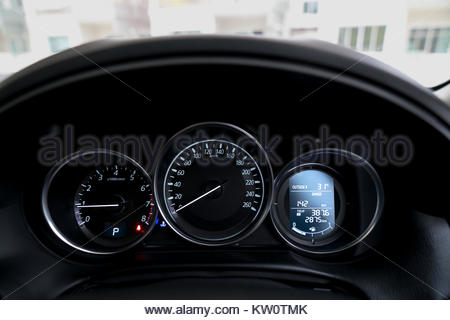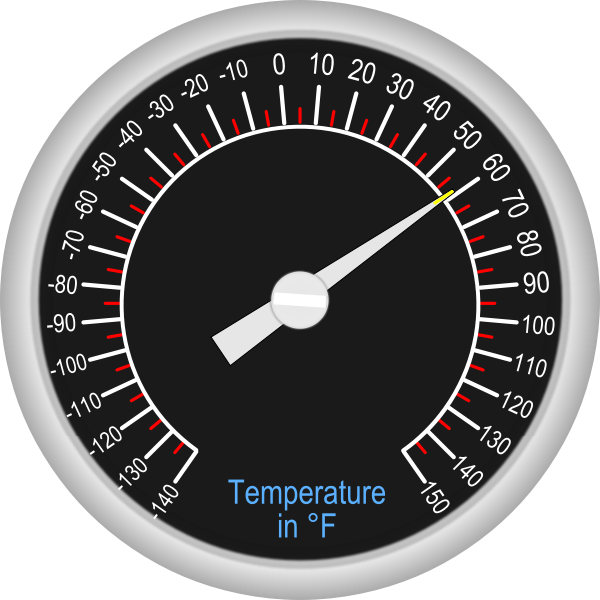

- #HEADS ON DISPLAY DIGITAL CAR SPEEDOMETER CARTOON DRIVERS#
- #HEADS ON DISPLAY DIGITAL CAR SPEEDOMETER CARTOON DRIVER#
- #HEADS ON DISPLAY DIGITAL CAR SPEEDOMETER CARTOON FULL#
- #HEADS ON DISPLAY DIGITAL CAR SPEEDOMETER CARTOON SOFTWARE#
- #HEADS ON DISPLAY DIGITAL CAR SPEEDOMETER CARTOON PLUS#
#HEADS ON DISPLAY DIGITAL CAR SPEEDOMETER CARTOON SOFTWARE#
If a finger touches an icon, the software confirms either by an animation or a change in color. At the same time a small loudspeaker emits a click sound.Ĭlever detailed solutions make using the new technology even more attractive.

#HEADS ON DISPLAY DIGITAL CAR SPEEDOMETER CARTOON DRIVER#
The mechanical pulse that the driver feels as confirmation feedback is created by an electromagnet that shifts the spring-mounted display very slightly sideways – by roughly the width of a human hair. When a finger touches the display glass, it does not immediately activate a function – a gentle push with a defined pressure is required to do that. The key strength of the MMI touch response technology is its haptic feedback. The menu structure including the search functions is intuitive and flat, like that of a modern smartphone. The driver can click, swipe, zoom and scroll on it. The large display is used for controlling navigation, media and vehicle functions. With a resolution of 1,540 x 720 pixels, the TFT screen provides pin-sharp images and high contrast, even when viewed from an angle. When starting the system, the user interface appears with its concise graphics. When not in use, the screen blends almost invisibly into the high-gloss black faceplate of the instrument panel. The central element is the 10.1-inch touch display in black panel technology. Following the premiere in the fourth generation of the Audi A8 (2017) it is now being incorporated into other model lines. The MMI is used to choose the information to be displayed, such as navigation symbols or information about the assistance systems.Īudi is presenting the latest evolution stage of its MMI operating concepts with the MMI touch response. The height of the visual window can be adjusted to match the driver’s height when seated. When the system is started, an electric actuator extends the 100 x 50 millimeter (3.9 x 2.0 in) panel upward from the instrument panel behind the instrument cluster. In the Audi Q2 the head-up display projects the graphics and numbers onto a separate glass panel. The driver can use the Audi MMI to specify which information should be shown in the head-up display the height and brightness can also be adjusted here. The mirrors also compensate for any distortions due to the curvature of the windshield. Two aspherical mirrors magnify and redirect the image. A TFT monitor with white LED backlighting generates the color image. The information appears to hover around two meters (6.6 ft) in front of the driver within a visual window measuring 200 x 80 mm (7.9 x 3.1 in). In the A4, Q5 and higher model series, the image is projected onto the windshield.
#HEADS ON DISPLAY DIGITAL CAR SPEEDOMETER CARTOON DRIVERS#
The human eye perceives the information extremely quickly – and there’s no need for drivers to refocus from their accustomed long-range view.Īudi offers two different systems. The head-up display projects information relevant to the driver as symbols and numbers that can be quickly perceived within the driver’s direct field of view, including navigation and warning messages and data from assistance systems. In addition to the Sport layout – as per the view in the S models – there is a display graphic with a particularly dynamic design: The RPM and speed are shown here as bar diagrams with angular red graphical elements.
#HEADS ON DISPLAY DIGITAL CAR SPEEDOMETER CARTOON PLUS#
The Audi virtual cockpit plus has two further views that the driver can set in the MMI. A performance layout where the central focus is the tachometer, displayed as a square graph, and the performance and torque are shown as percentages can also be selected in the MMI. In the S and RS models, both views specifically feature red graphic details. In this case, the tachometer and speedometer are displayed as small dial instruments. It creates a large stage for the navigation map or for lists in the phone, radio and audio areas. The driver can use the View button on the multifunction steering wheel to switch the Audi virtual cockpit between two views: While the tachometer and speedometer are displayed as large dial-type gages in driving mode, a central window dominates in infotainment mode. The image is refreshed 60 times per second so that the virtual needle of the rev counter tracks smoothly and very precisely. Fixed indicators are shown along the lower edge they show the outside temperature, time and odometer readings as well as warning and information symbols. It includes traditional speed and rpm figures as well as information on navigation, media and driver assistance systems. The display shows a wide range of information clearly and in neat, sharp, highly detailed graphics. Its display graphics are exceptionally sharp and highly detailed.
#HEADS ON DISPLAY DIGITAL CAR SPEEDOMETER CARTOON FULL#
Depending on the model it has a resolution of 1,440 x 540 pixels or a full HD resolution of 1,920 x 720 pixels. The Audi virtual cockpit is a fully digital instrument cluster with a 12.3-inch TFT screen.


 0 kommentar(er)
0 kommentar(er)
